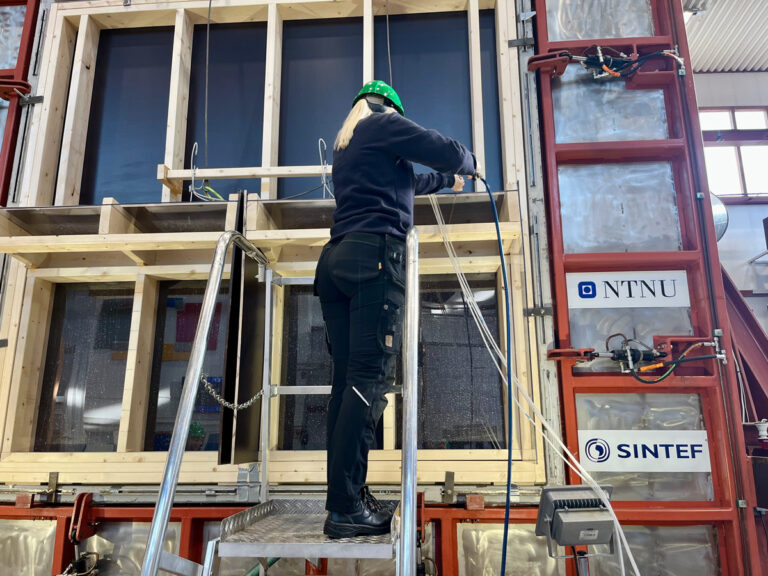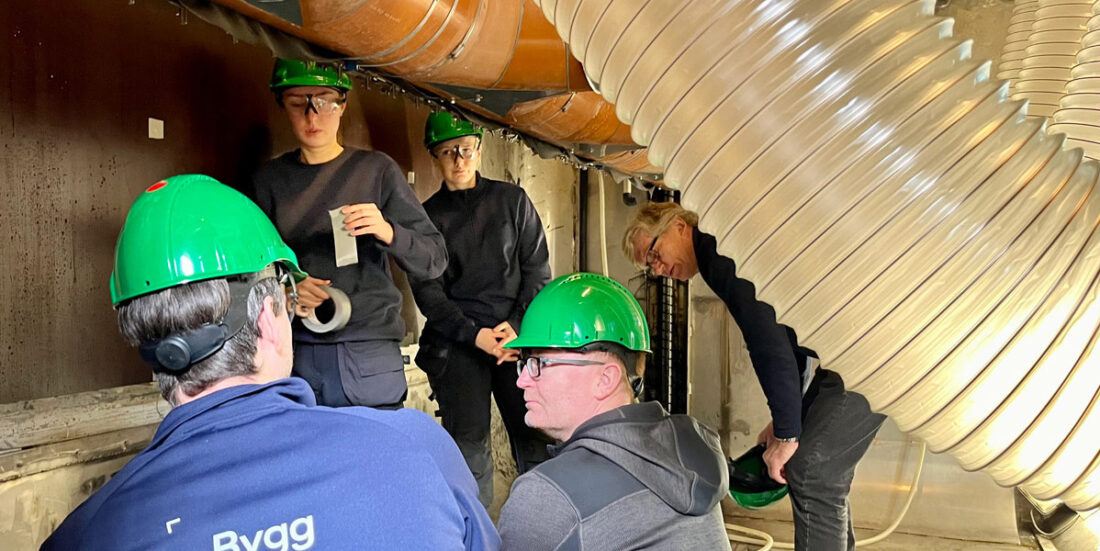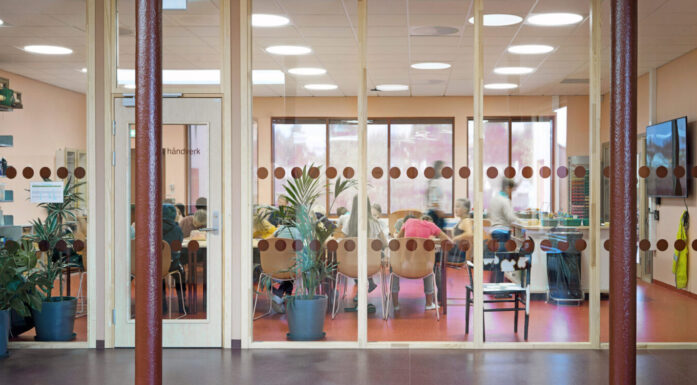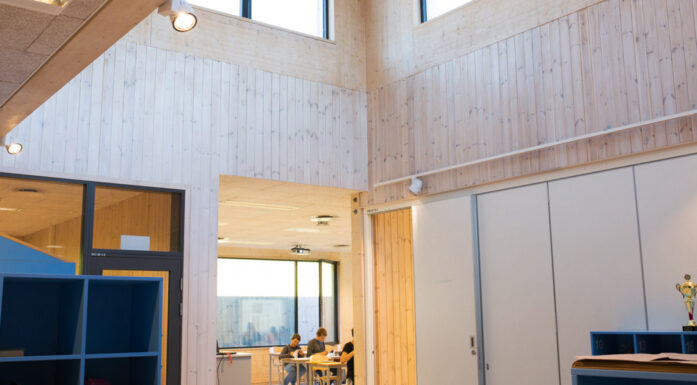Are architectural approaches holding water?
Students, researchers and the building industry are collaborating to adapt our homes to climate change. And they’re identifying solutions that hadn’t been obvious before.
A milder climate with more wind and rain is proving difficult for our houses. But research is now helping both architects and the building industry to predict how a changing climate will impact on new buildings. The main aim is to prevent future moisture damage.
And that’s not all! Home developers, materials suppliers and the financial and insurance sectors have to plan for the future because it is they who are developing, marketing and selling so-called climate-adapted products and infrastructure.
Developing a toolbox
The Norwegian home developers Norgeshus, together with several materials and building product suppliers, are currently developing a ‘toolbox’ that addresses the adaptation of new homes to climate change.
This will make it easier for us to make the best choices as we build towards a future with more rainfall.
SINTEF and NTNU are providing the research input to this project, with a team including two Master’s students from the Department of Civil and Environmental Engineering at NTNU. Julie Waaler and Vilde Frafjord Tungesvik have spent the last few weeks building two test models with narrow roof overhangs.
A narrow roof overhang means that the horizontal distance between the guttering and the exterior of the wall cladding is as narrow as possible.
The aim of the two models is to find out how different designs influence the volume of rainwater that percolates into a roof construction.
“This is something that architects have been asking about, but for which we currently have no viable solutions”, says Frafjord Tungesvik.

Master’s students Vilde Frafjord Tungesvik (left) and Julie Waaler have built two test models with the aim of finding out how rafter systems should be designed to enable new homes to tackle more intense rainfall events. Photo: Kathrine Nitter
The tests are being carried out by simulating natural rainfall in a laboratory.
“It’s not certain that we’ll get precisely the results we thought we would, but it’s too early to say much about that yet”, says Waaler.
Up to your discretion
Current Norwegian building regulations do not make a special point of emphasising adaptation to climate change. Legislation takes a function-based approach, which means that climate adaptation is taken for granted.
For this reason, it is up to the individual builder to show that a building is adequately equipped to face a changing climate. But the industry is now getting help to identify what exactly ‘adequately’ means.

Julie Waaler seen here using compressed air to blow water from the gaps between samples in her laboratory rig. Photo: Kathrine Nitter
“Architects are very keen on minimalist solutions”, says Technical Manager Snorre Bjørkum at Norgeshus. “Now we can get confirmation as to whether or not this is an effective approach, or if we have to reassess and find other solutions”, he says.
- Read also: What should we be using our electricity for?
Beneficial for society as well as homeowners
The RCN-funded project ‘Climate adaptation of houses – a toolbox’ is thus intended to help make it easier to choose solutions that are adapted to their surroundings and the climatic conditions under which the homes are constructed.
The toolbox will contain such things as:
- a method that helps developers make effective and robust decisions to ensure that their constructions are adapted to a changing climate
- procedures and checklists that make it easier to select the right solutions in the light of local climatic conditions and weather stressors
- recommendations regarding surface water management in general, and specifically in connection with area planning
- safeguards to ensure that solutions are also acceptable to those who are financing and insuring the homes
Moreover, a business model will be developed in collaboration with the financial and insurance sectors with the aim of making the building of climate-adapted homes profitable.
“This will also be beneficial for society as a whole”, says Research Manager Lars Gullbrekken at SINTEF.




